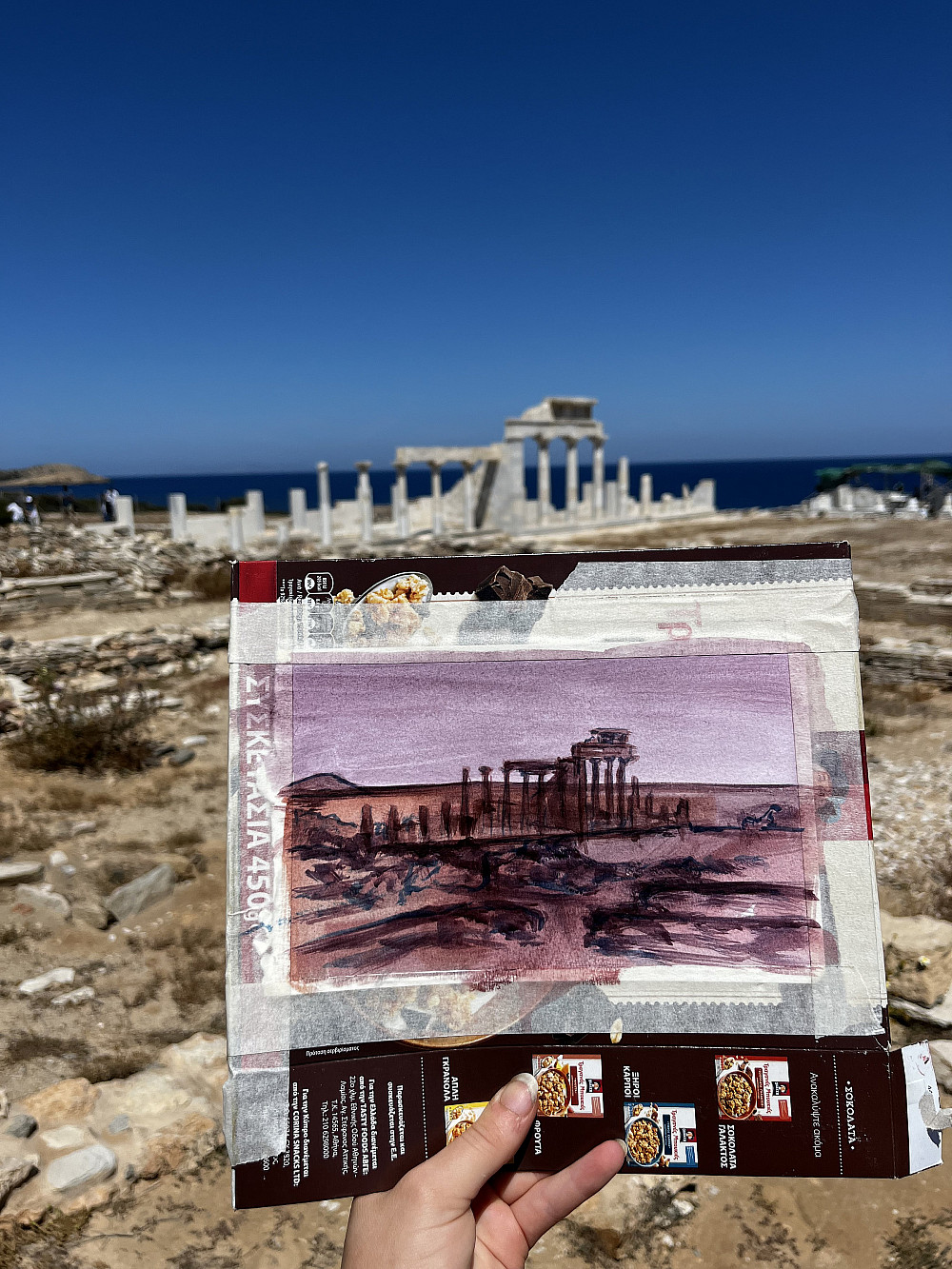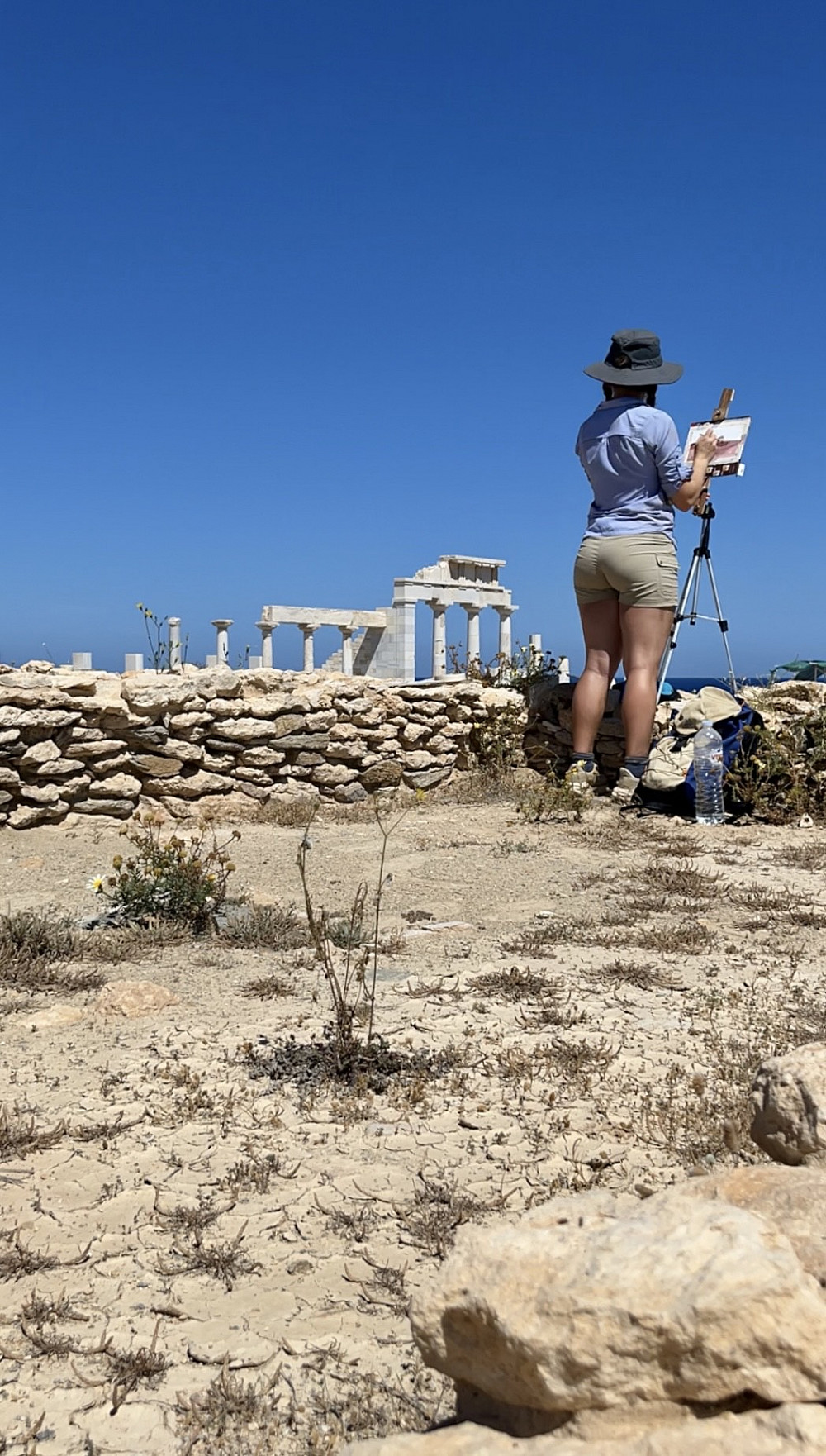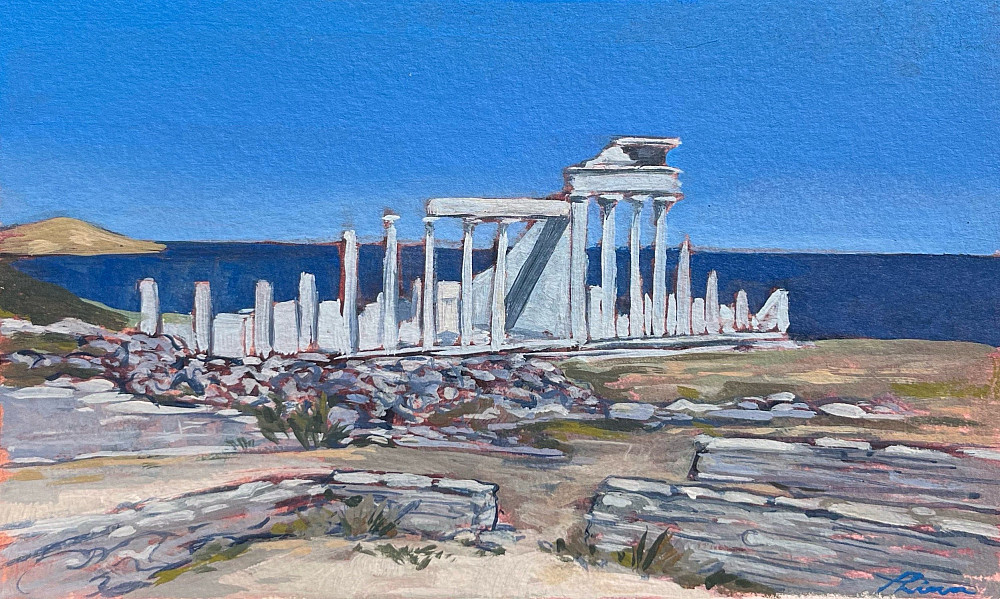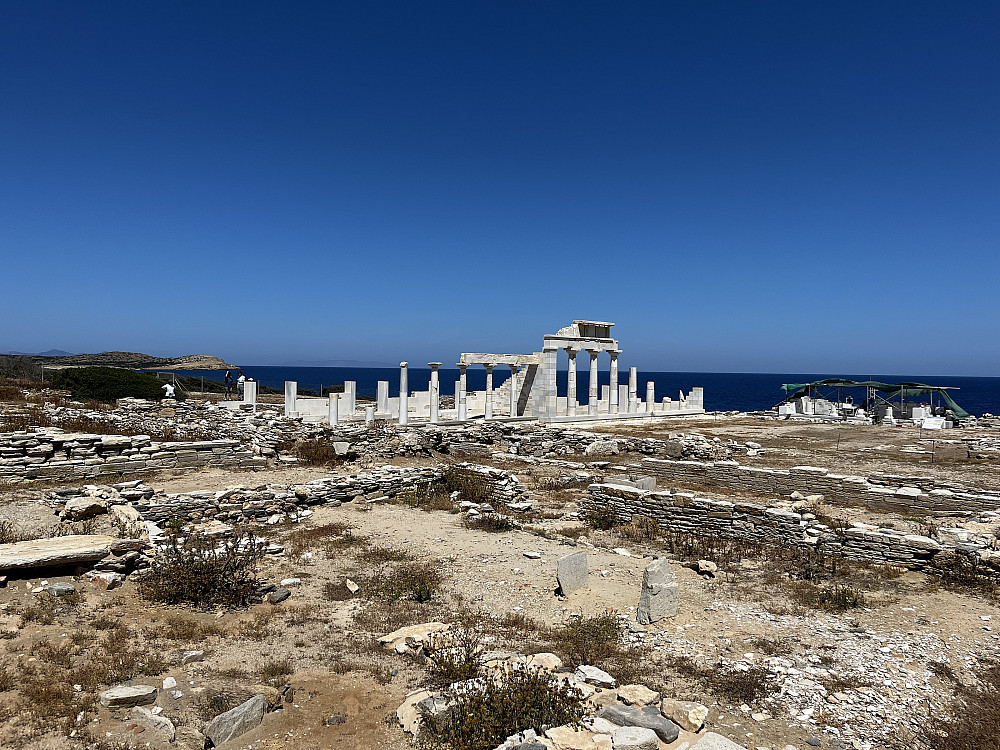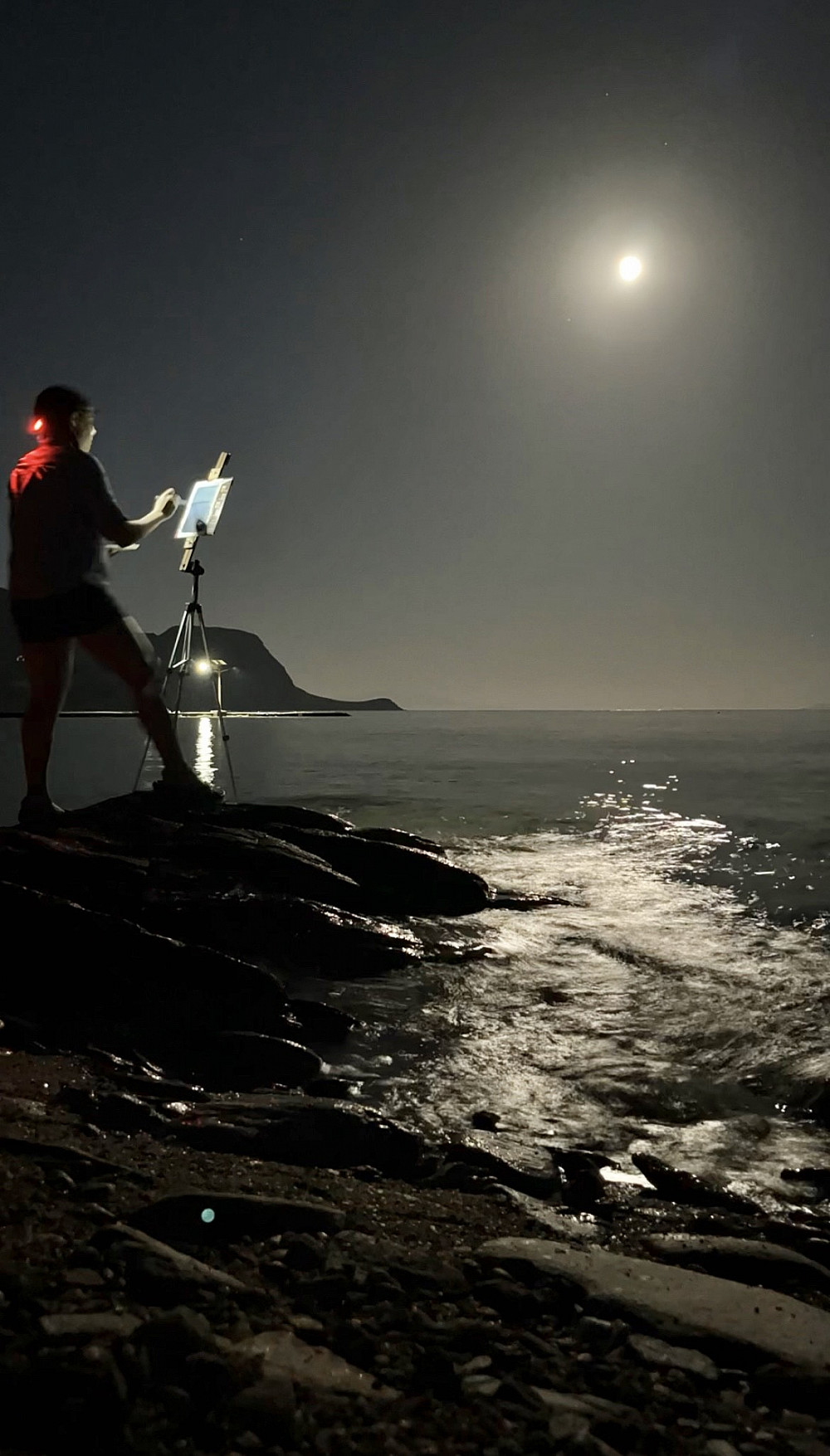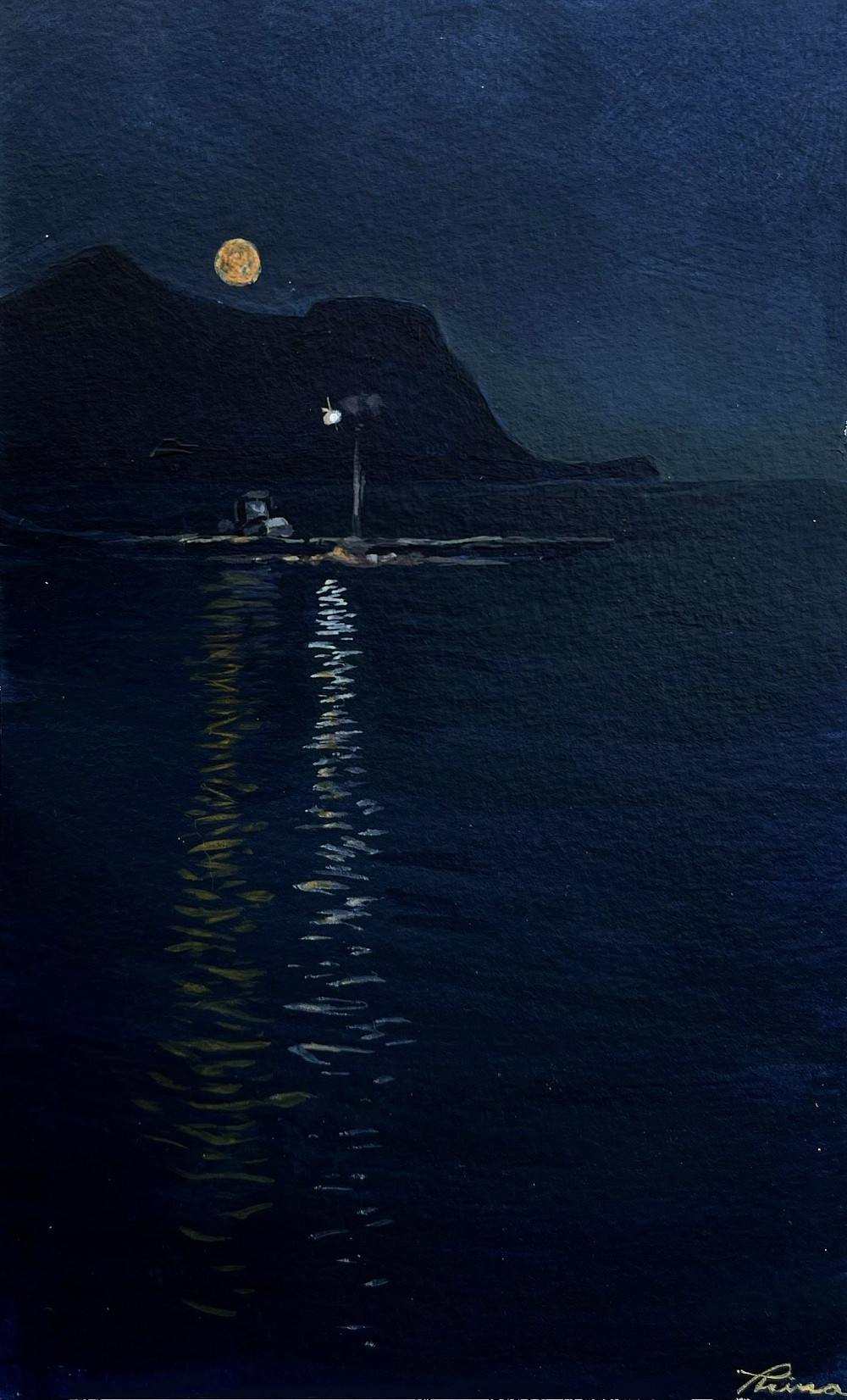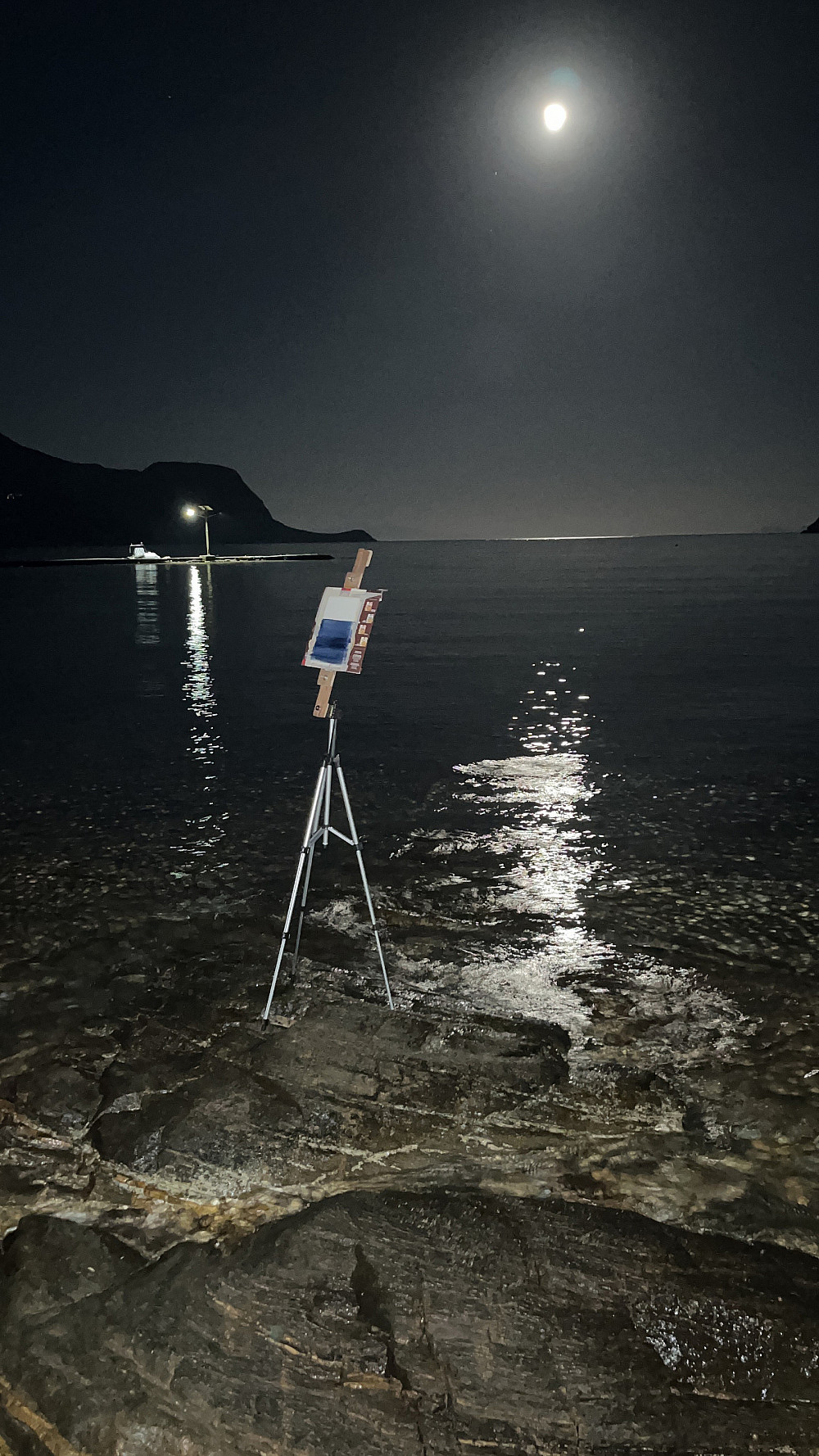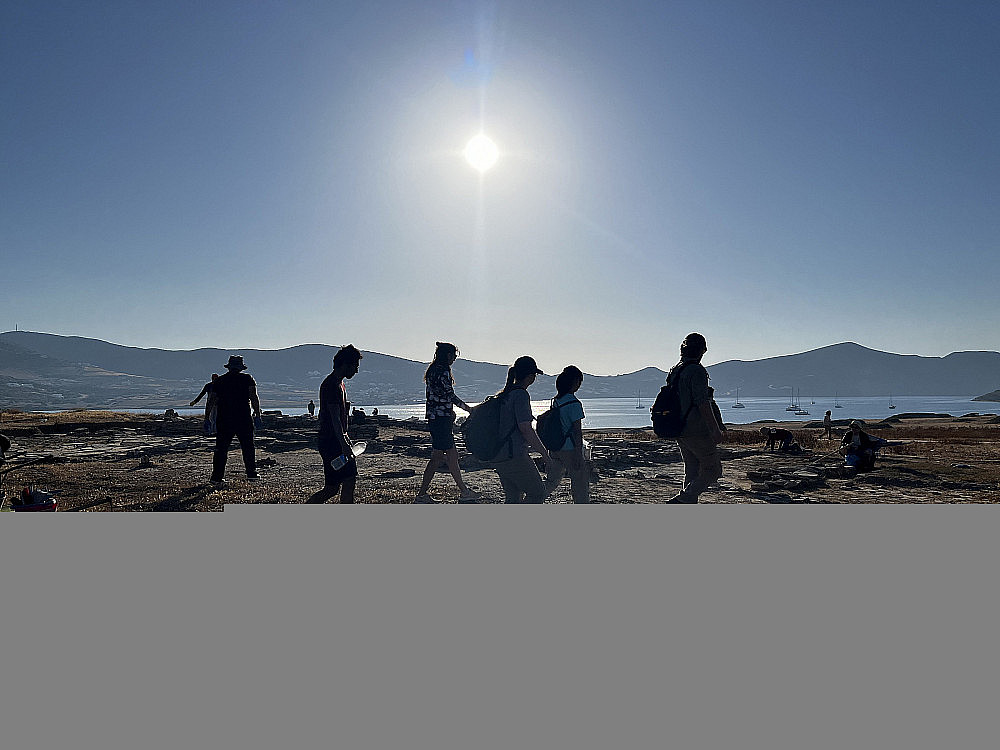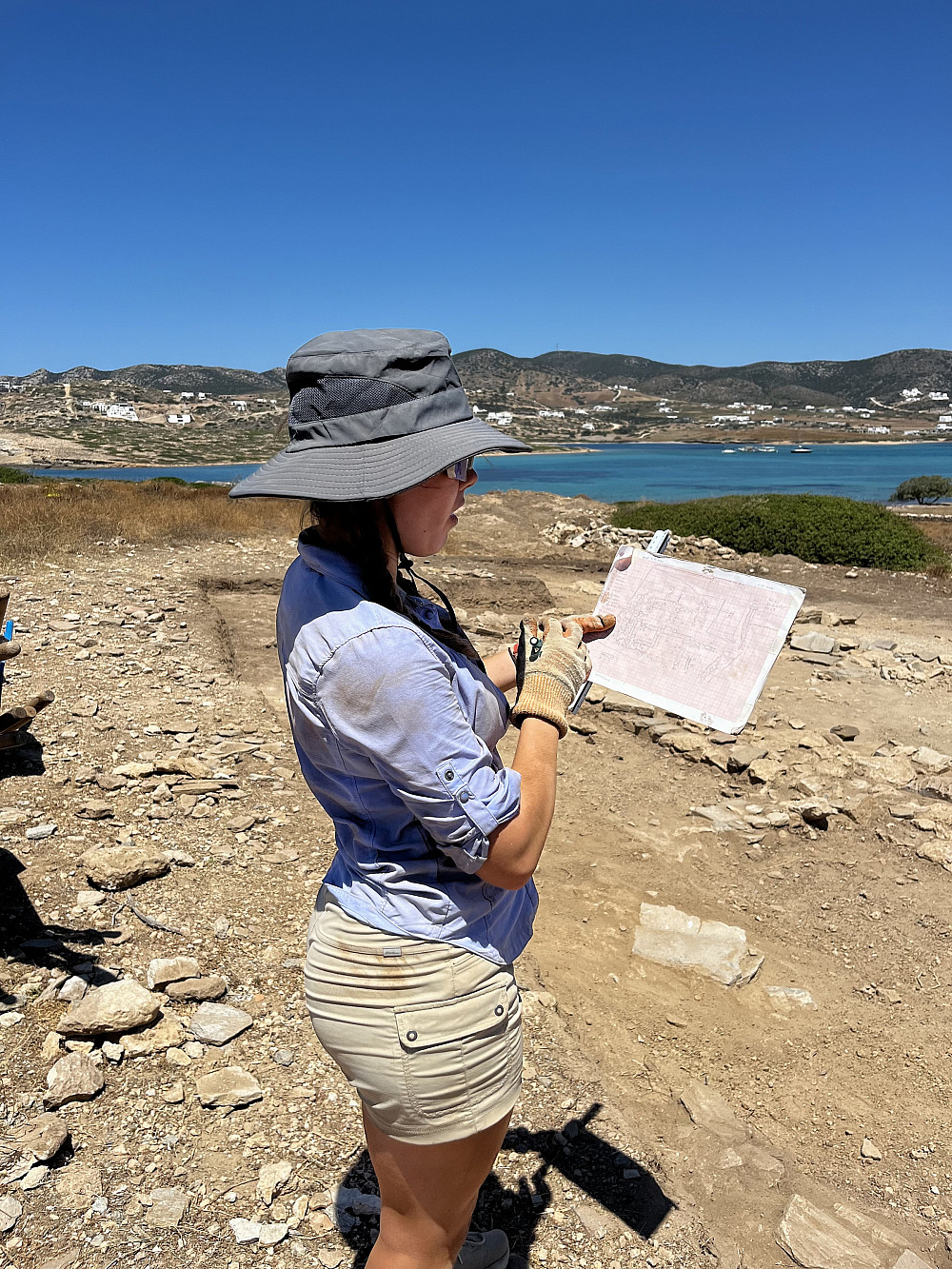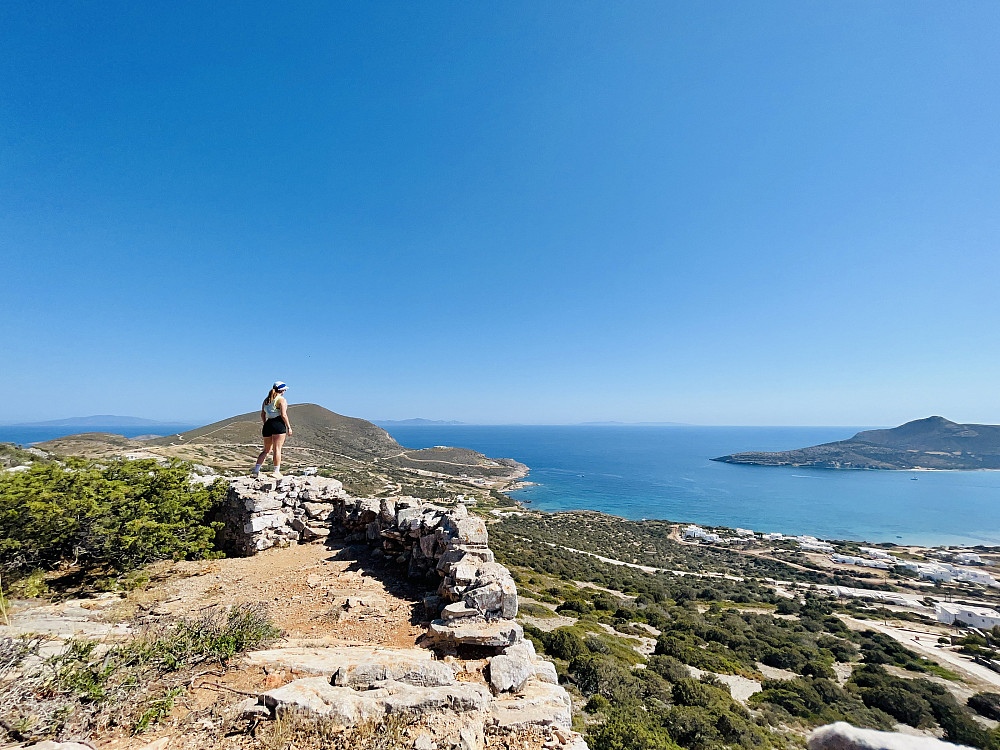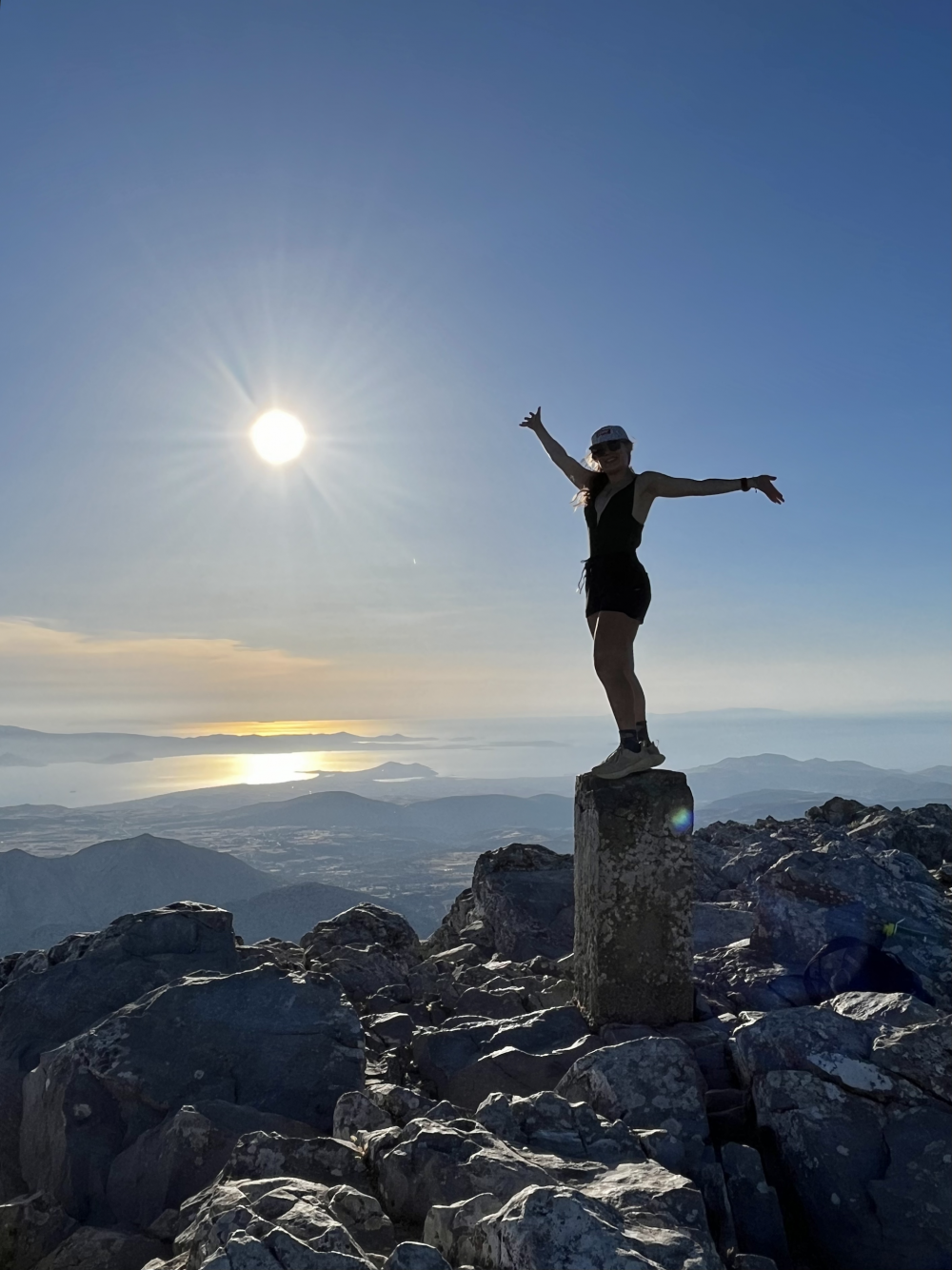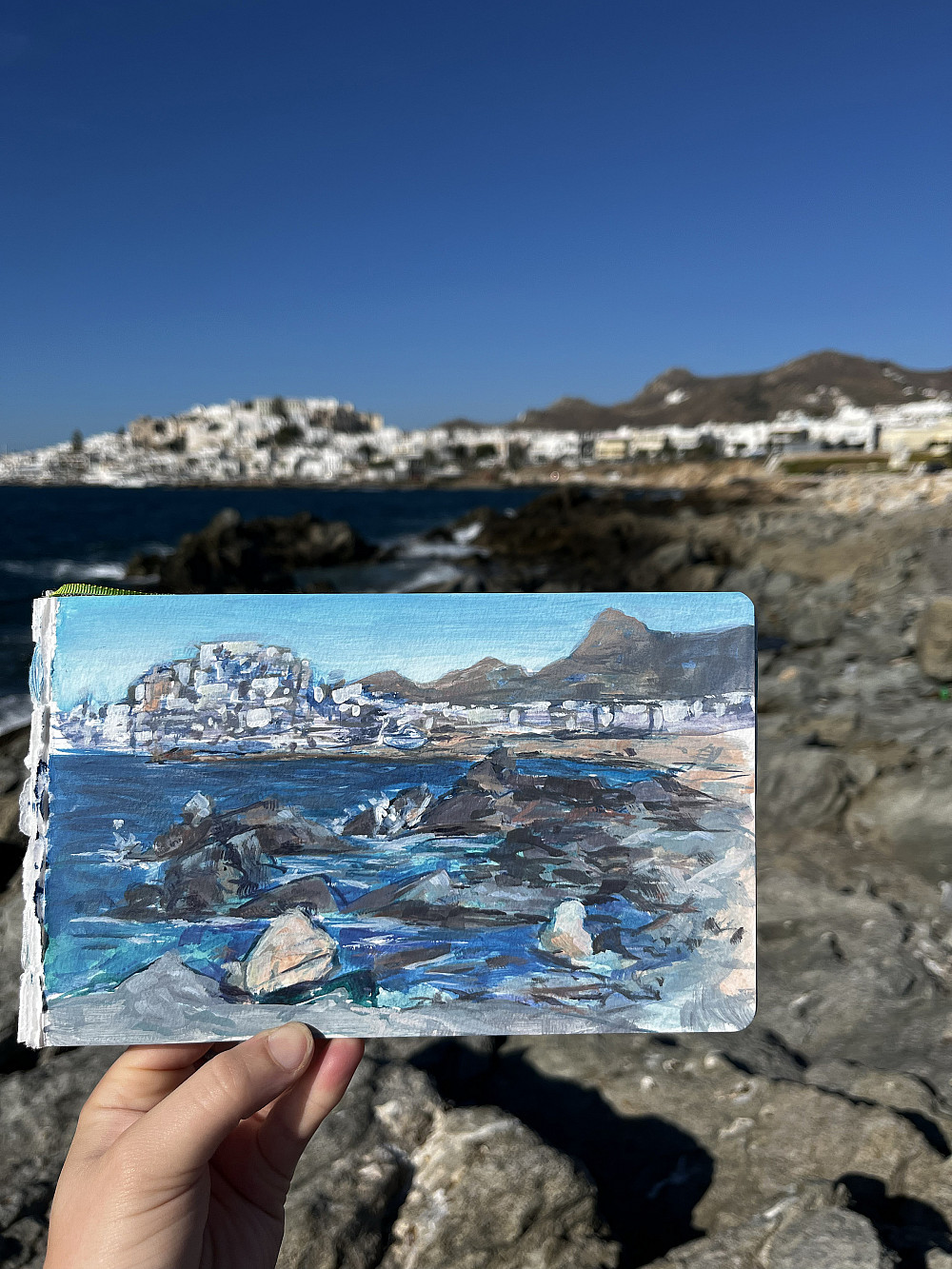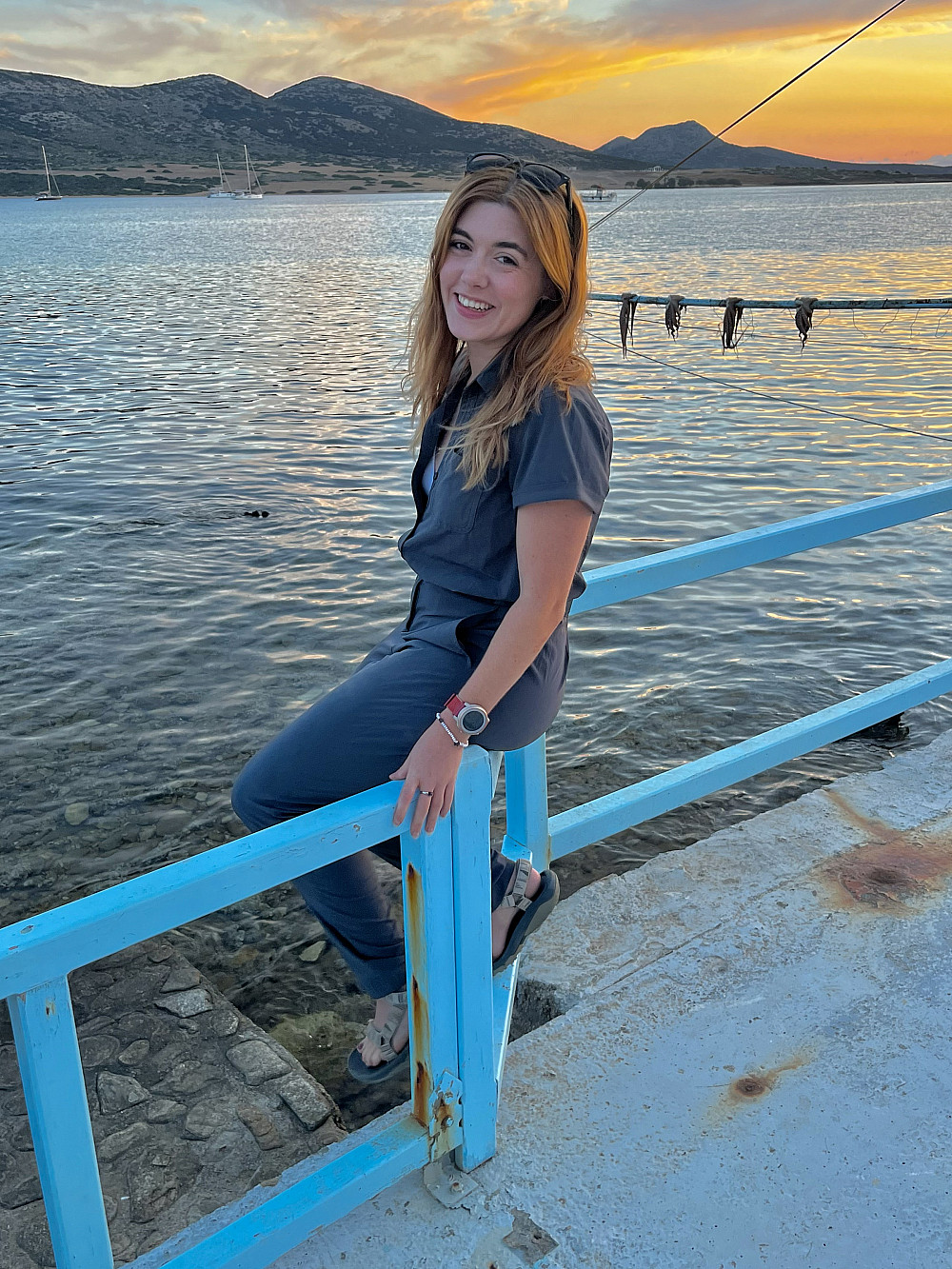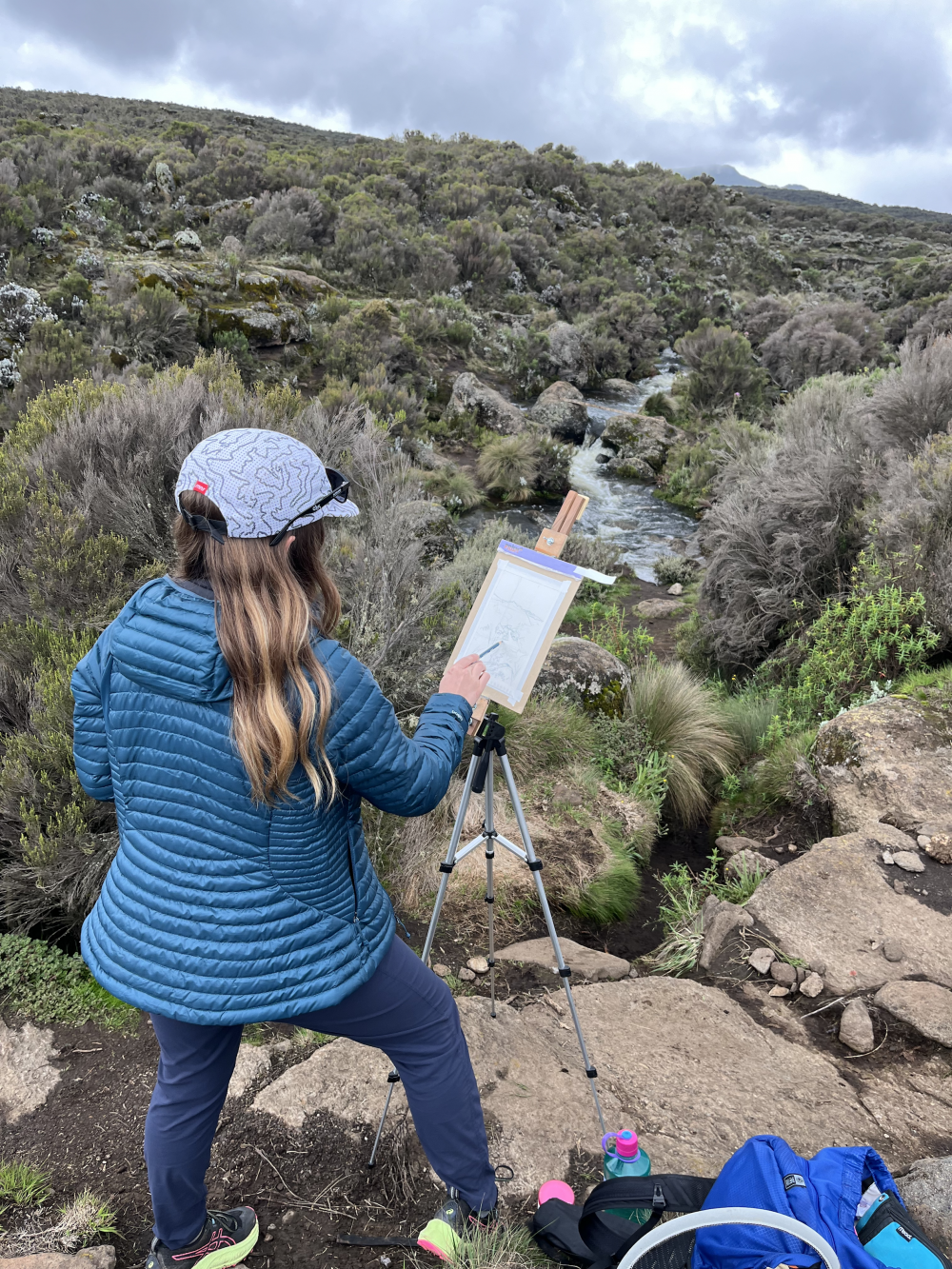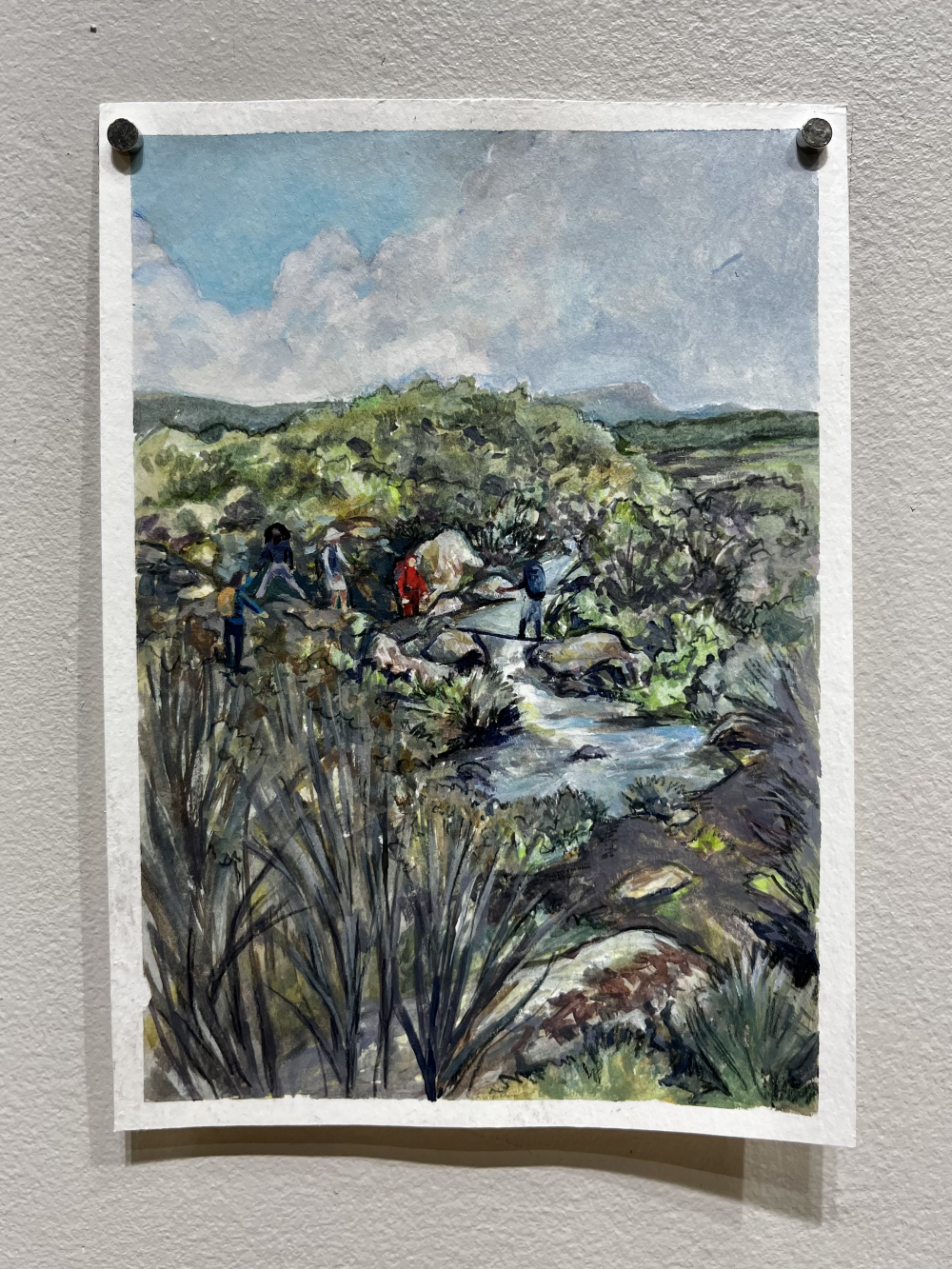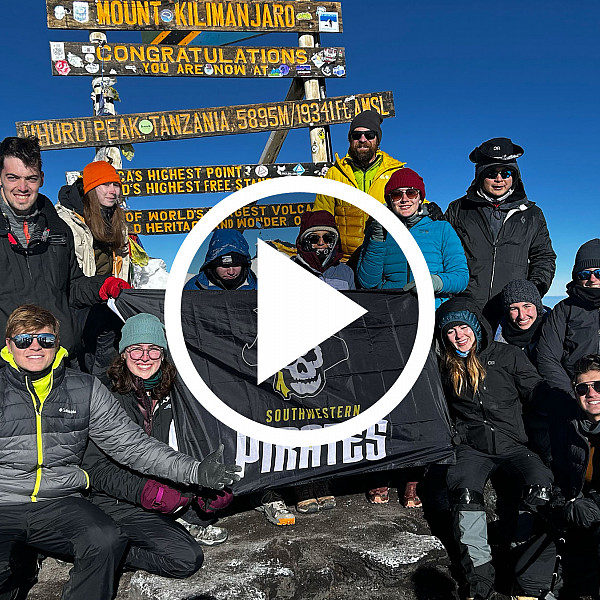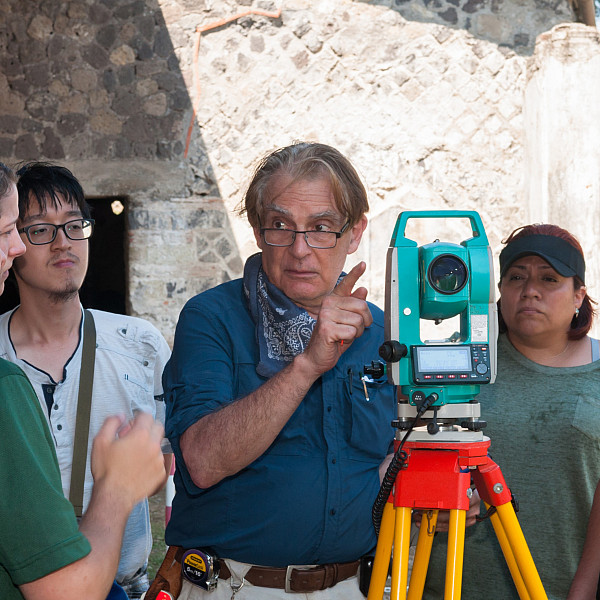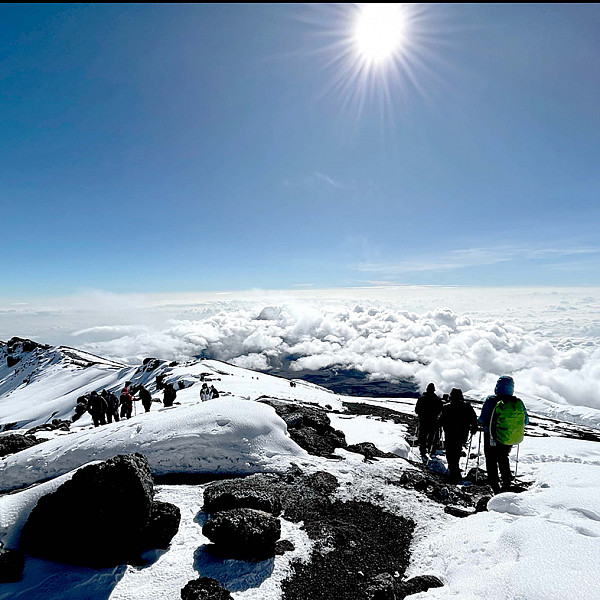News
From Georgetown to Greece: Recent Graduate Incorporates Art into Unique Study Abroad Experience
Thira Schlegel ’24 studied abroad in Greece over the summer, where she participated in archaeological excavations while capturing her journey through art.
September 13, 2024
September 13, 2024
Open gallery

Recent graduate Thira Schlegel ’24 is proof that Paideia moments aren’t confined to just the Southwestern University campus. For six weeks this summer, she blended skills learned in her art major and environmental studies minor to help conduct archaeological excavations on an uninhabited islet in southern Greece.
“I didn’t realize that archaeological digging has such a deep connection to art and to environmental studies,” she said. “It has a connection to art through the history and the styles of the pottery that we were finding and studying. It also connects to environmental studies in the sense that we are technically preserving the land and studying the artifacts that are on the land.”

“That one seemed like the more serious and adventurous one, so that’s the one that I gravitated toward,” she said. “Navigating through that program was interesting because we would be doing hard labor on site for seven hours a day, five days a week. You had to learn to work through it. It was a lot of skill-building.”
Over the first three weeks of the month-long excursion, the group studied and experienced the entire excavation procedure, including onsite documentation, recording, and processing of finds, and of course, clearing areas using shovels, pickaxes, wheelbarrows, and other tools.

Due to the extreme historic nature of the site, items found by the group were initially classified and couldn’t be shared publicly. Despotiko is home to a sanctuary dedicated to the Greek god of Apollo that dates back to the 8th century B.C. A systematic excavation of the site began in 2001, with significant discoveries continuing to be made over two decades later.
During her time in Greece, Schlegel worked with CYA to capture the experience through artwork. In addition to painting some of the excavation sites, she traveled to the neighboring islands of Naxos, Paros, and Antiparos to explore and create. In Naxos, she had the opportunity to climb Mount Zas, the highest peak in the Cyclades island chain and home to a cave where the ancient Greek god of Zeus was rumored to have been born.

“My biggest takeaway was that I never thought that I would consider archeology as a possible outlet for a job after college, until I did this program,” Schlegel said. “I’m really glad that I did because now it’s one of those things that I’m thinking about in the back of my mind as something I might pursue.”
After the program concluded, Schlegel remained in Greece for two more weeks to further immerse herself in the culture. The trip – her first to Europe – was a bucket list item for the Austin native, who shares a special connection with the country: her first name, Thira, is the ancient name for the Greek island of Santorini.
“It was a wonderful experience,” she said. “I didn’t know how different the culture would be from American culture, and specifically Texas and Southern culture, but it was surprisingly more similar than I realized. A lot of the locals would want to sit and talk. For someone like myself, I was just so intrigued to sit and listen to somebody’s story.”
Schlegel’s trip to Greece came less than five months after she returned from another whirlwind adventure – an excursion to Tanzania to climb Mount Kilimanjaro with a group of fellow Southwestern students.
“As somebody who hasn’t traveled out of the country very much, these trips made me realize that there’s so much more to the world that I initially realized,” she said. “I suddenly have this hunger for travel. I had a similar feeling after the Mount Kilimanjaro trip. It was a life-changing experience in that I realized just how vast the world is.”
Her international travels have had a profound impact on Schlegel’s art. Like in Greece, she was able to paint several works during her time in Tanzania. After returning home, she commissioned a seven-foot-wide piece portraying one of her views from atop the peak of Mount Kilimanjaro. Her works tend to focus on combining art, environmental studies, and outdoor activities to shed light on sustainability.

“One way [I blend nature and art] is by really observing the space around me, being active, and taking a moment to stop and reflect,” Schlegel said. “When I’m running or hiking, I tend to sometimes be on a timeline or a schedule, but when I have my art supplies with me, I have more inclination to stop and be in the moment and really appreciate what’s in front of me.”
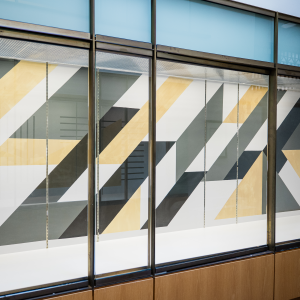
These opportunities were an honor for Schlegel, who initially chose to attend Southwestern after being recruited by the late Professor and Chair of Studio Art Victoria Star Varner.
“I feel very privileged to have been chosen for so many projects,” she said. “I initially came to Southwestern because of Victoria Star Varner, and I know she has some pieces that are scattered around campus. Being able to leave my mark on a campus, with people that I really admire and look up to, means the world to me. I hope it inspires others to do the same.”
















